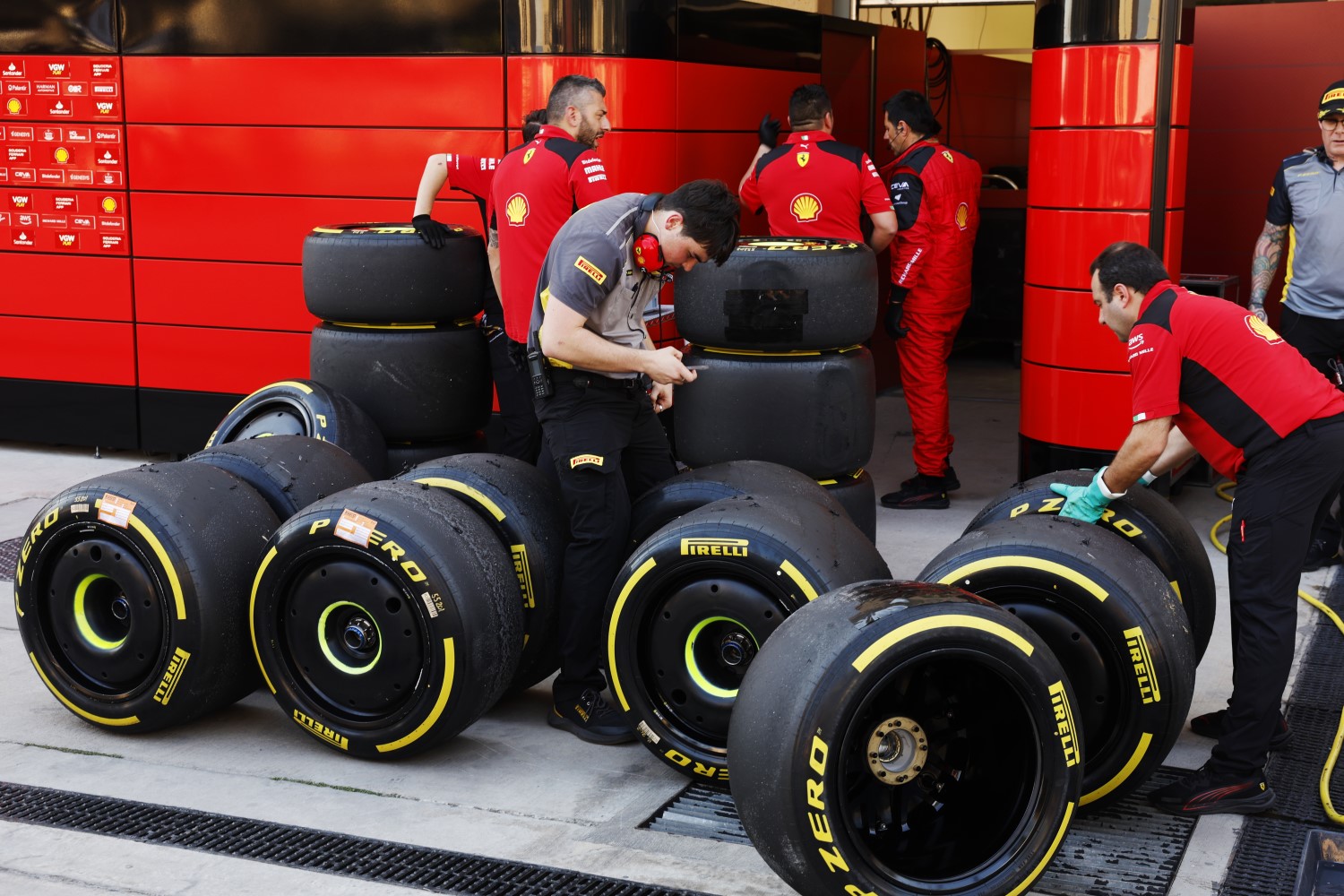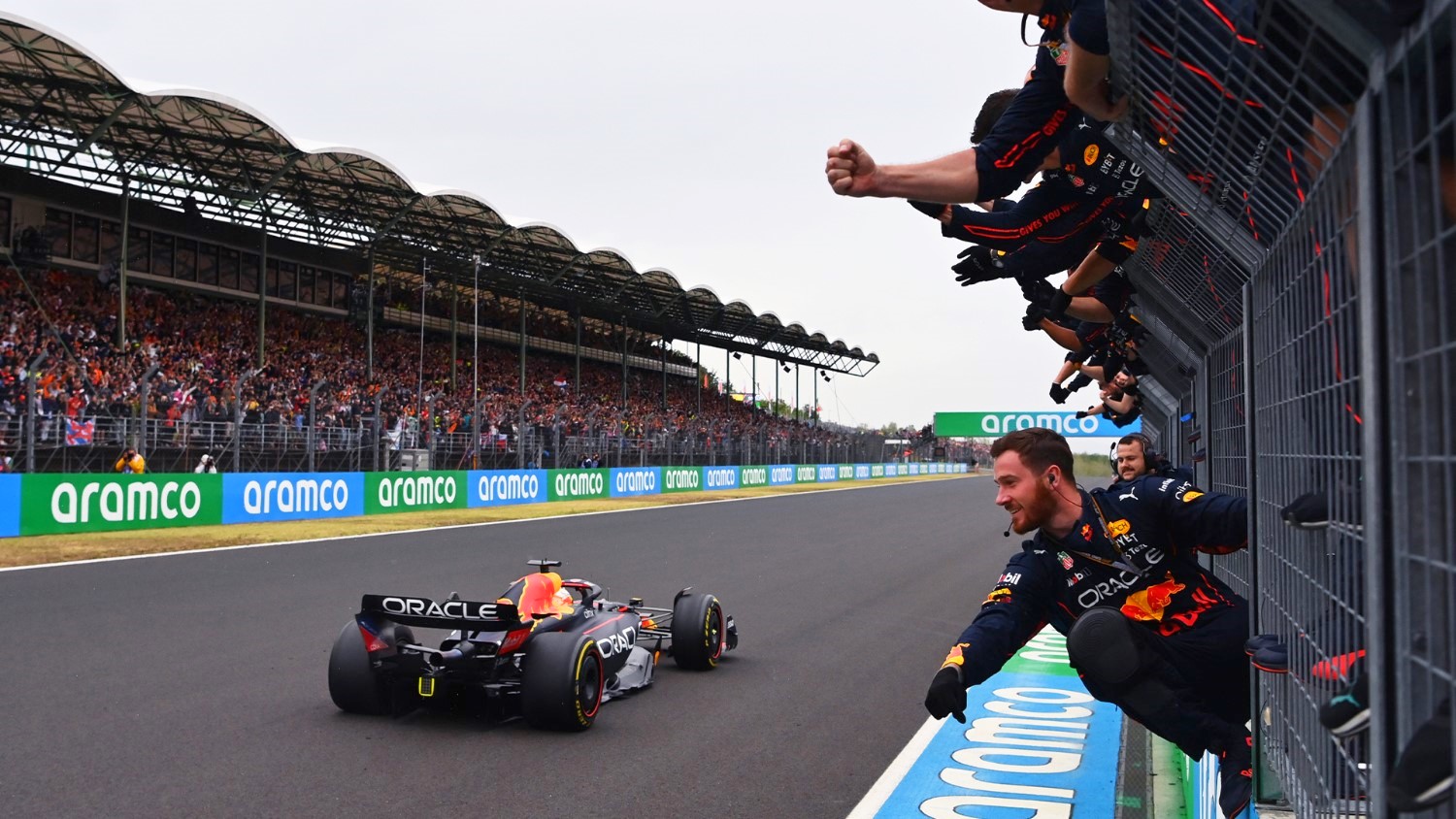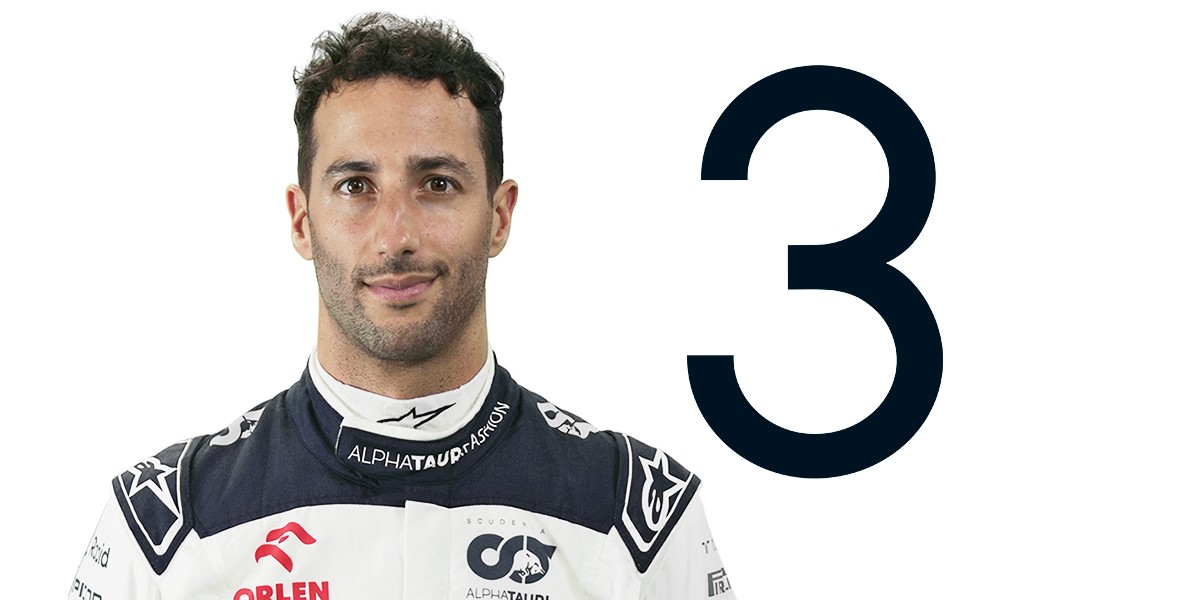F1: 2023 Hungarian GP Preview
Hungarian GP Preview: The F1 teams are heading to the Hungaroring, Budapest, for Round 13 of the 2022 FIA Formula 1 World Championship.
The peak of summer has hit Europe and the spiking temperatures are making themselves felt. Day after day, the news bombard us with stories of heatwaves, new records and other displays of things being hot, sticky and uncomfortable all the way from Trømso to Athens (probably a bit more so at lower latitudes).
In the dog days of summer, the Formula One caravan arrives in Hungary for one of the classic races of the calendar: on a track, in Mogyoród on the outskirts of Budapest, that underwent only subtle changes since its first appearance in 1986, one that produced so many shocks and upsets in recent years, in front of legions of fans ready to brave the elements.
With a welcome summer break on the horizon, a chance for crews and workers at home to catch a breath and recover, notching up a good result right now would mean heading into the end of summer with their heads held high, brimming with confidence and with high morale.
Formula 1’s association with Hungary stretches back to 1986, when a permanent facility was constructed in a natural bowl close to the village of Mogyorod, a short journey from downtown Budapest, which was then still behind the Iron Curtain.
The Hungarian Grand Prix quickly established itself as a popular event, facilitated by its convenient central European location that attracted a breadth of fans, as well as the nearby presence of the lively Budapest. The city, which straddles the iconic Danube River, is famous for its thermal baths, vibrant ruin bars, and range of dramatic architecture.

The Hungaroring has the second-longest unbroken streak on Formula 1’s calendar, having been held annually since its debut 37 years ago, and is a tricky and narrow ribbon of tarmac. Drivers have likened the Hungaroring to a go-kart track, with little in the way of straight-line sections, and several twiddly low-medium speed corners interlinked.
Nevertheless, there remain high-speed challenges, such as the uphill blind left-hander of turn 4 and sweeping turn 11, while passing chances frequently present themselves into turn 1 or the cutback into turn 2. The weekend’s action typically takes place in hot conditions, leading to high track surface temperatures, though thunderstorms and heavy rain showers can quickly bubble up.
New Tire Experiment this weekend
F1 will use a different Qualifying format in Hungary this weekend. Drivers will be forced to use a different compound each session.
Q1: Hard tire
Q2: Medium tire
Q3: Soft tire
Tire sets for the weekend will be reduced from 13 to 11.
Hard: 3 sets
Medium: 4 sets
Soft: 4 sets

The ATA will see Formula One’s tire supplier Pirelli give teams 11 sets of dry tires per driver rather than the usual 13. Teams usually receive eight sets of Soft tires, three sets of Medium tires, and two sets of Hard tires per weekend for each driver, however, this weekend, teams will receive three sets of Hard tires, four sets of Medium tires and four sets of Soft tires for each driver.
Instead of returning six sets of dry compounds to Pirelli before Qualifying, teams will only have to return four sets per driver: one set after Free Practice One, one set after Free Practice Two, and two sets after Free Practice Three. In Qualifying, drivers must use Hard compounds in Q1, Medium compounds in Q2, and Soft compounds in Q3 – unless it’s wet.
The ATA rules were set to be first trialed at the Emilia-Romagna Grand Prix, which was called off due to flooding. The ATA rules will be used for the second and final time this season at the Italian Grand Prix – after which teams, F1 and the FIA will decide whether to adopt this allocation for 2024.
The objective of the ATA is sustainability. Fewer tires used means fewer tires produced and fewer tires transported. This weekend, 40 fewer sets of tires will be used, or 160 individual tires.
What to expect?
In contrast to the last few races, most teams will run high downforce in Hungary, and we are unlikely to see the swings in rear wing choices that we saw at Silverstone, the Red Bull Ring and Paul Ricard.
The weather forecast looks typical for Budapest at this time of year, with generally hot conditions prevailing but a chance of thunderstorms on Saturday and Sunday.

Tire compounds are the same as for the French GP, but the nature of the track will mean that teams will need to deal with some different limitations this weekend, some of which will be dictated by the weather. The long corners will challenge both the tires and the car balance.
Formula One is a sport made up of several elements: there’s the obvious mechanical one, in which the performance of the cars contributes to the final result; there’s the human one, in which the drivers, as well as the personnel in the garage, on the pit wall and back at the factory, define on the day and in the time leading to the race how much of the team’s potential is unlocked; and there’s the mental one.
The head plays a crucial role in Formula One, just as in any other sport. A cool mind, full of confidence and buoyed by the result, tends to perform better. This creates a virtuous circle, which feeds itself and continues to deliver. A key part of this is momentum: a good result, at the right juncture in the season, can propel a team to new heights. This weekend, this is the objective, especially for Ferrari which are coming out of a disastrous French GP. A 1-2 finish for Ferrari is needed and their cars favors this type of circuit.
The Hungaroring race will be a battle. Everyone wants to succeed, and the competition will be as close as ever. It will be hot – this Grand Prix is always one that features searing temperatures, with fans and team personnel longingly looking at the water park just outside the circuit for temporary respite and solace.

The return of Daniel Ricciardo
“I’m stoked to be back. As always with the Red Bull family, you have to be ready for a call and when it came I jumped at the opportunity. The transition to AlphaTauri has gone smoothly. Last week, I was back in Faenza, the factory has changed a lot since I last raced for the team a decade ago, but there were still plenty of familiar faces and I felt at home as we prepare for the upcoming race.

“When I drove the Red Bull in the tire test at Silverstone last week it all felt very normal. The AlphaTauri car will be what it is. I’m going to drive it and work from there. I don’t want to have too many preconceived ideas about it. I think if it’s a car that feels balanced, that’s something I can work with. It’s going to be a challenge, to jump in and just hit the ground running, but I’m excited about it.
“I’m looking forward to also developing the car and using my experience, and ultimately, I think, for Budapest, just go out and have fun, try and use more right foot than left and have a good time! The key to this track is getting into a rhythm – you put so many corners together – and if the car is balanced, you can really have some fun.”
Early Weather Forecast
Friday: 70% chance of rain
Saturday: thunderstorms may develop in the afternoon
Sunday: chance of rain drops to 20%
Circuit Insight
Race interruptions: Safety Cars are a relatively rare occurrence at the Hungaroring, with just five deployments over four races since 2014. There have also been just four Virtual Safety Car deployments – two in last year’s race – here since the system was introduced in 2015.
Overtaking: While last year’s Hungarian GP boasted 56 on-track passes, races at Budapest have seen just 24 passes per race on average – ignoring starts and restarts – with most taking place at Turns One, Two and Three and 86 percent of overtakes using DRS. The Hungaroring is one of the toughest circuits to pass on in F1
Strategy: The softest tires in the Pirelli range are available this weekend and high tire degradation could push drivers to stop twice in the dry. This weekend Pirelli’s Alternative Tire Allocation is in place giving drivers 11 sets of slicks instead of 13. Furthermore, Q1 must be run on Hards, Q2 on Mediums, and Q3 on Softs.
Safety Car: The chance of a mid-race Safety Car is less likely than it may appear. The past five races have only had very early interventions. The Virtual Safety Car has only been used twice – both in 2018. This makes it difficult to incorporate Safety Car interventions into race strategy.
Downforce: You need plenty of downforce at this track, similar levels to Monaco

Unlocking the Lap
Turn Four, an uphill fast left-hander with a blind exit, is one of the hardest corners on the lap. The curb on the entry can unsettle the car if it is used too much. The exit is also tricky and is an area where drivers can easily fall foul of track limits.

Shortly after this is the Turn Six-Seven chicane – one of the slowest points on the track but also one of the trickiest. A quick flick to the right and the left, it is easy to overshoot the braking zone, which exacerbates each turn. And the grassy run-off is easy to clip on the right…
The long 180-degree right-hander that closes the lap (Turn 14) has traditionally been a tough corner through which to follow another car. With this year’s ground-effect rules, it should make things easier – and promote passing into Turn One. It is another corner where track limits can come into play.

Fact File: Hungarian Grand Prix
- The Hungarian Grand Prix usually turns out to be one of the hottest race weekends of the year, with air and track temperatures averaging 27°C and 43°C respectively.
- The Hungaroring was resurfaced several years ago, and most of the bumps were flattened out. However, given this was a little while ago, the track surface is gradually starting to show its age and the irregularities are forming again.
- The amount of braking activity, the high ambient temperatures and the absence of any truly long straights make this track exceptionally taxing on the brakes. Furthermore, the lack of overtaking opportunities mean drivers can get stuck in traffic. The low average speed at the Hungaroring also limits the airflow, all of which makes it even harder to cool the brakes.
- Six of the Hungaroring’s 14 turns are left-handers and eight are on the right. Many of these corners are combined, making good directional changes more important.
- The straights at the Hungaroring are relatively short and taking the corners at the right speed is crucial. Consequently, the standard setup for Hungary includes maximum downforce.
- Due to its nature as a high-downforce track, the Hungaroring has one of the lowest top speeds of the season so far: 308 km/h. The F1 cars only go straight for about ten seconds during the course of a fast lap, spending the remaining 65 seconds or so cornering.
- Although the home straight in Hungary is one of the shortest on the racing calendar, the distance from pole position to the braking zone for Turn 1 is one of the longest of the year at 444 meters, a distance exceeded only by Mexico City, Imola, Barcelona and Monza.
- The track characteristics are also reflected in the full-throttle percentage, with only 65% of the lap distance on the Hungaroring taken with the accelerator pedal to the floor – one of the lowest ratios in Formula One.
- The curbs in the final corner can be very aggressive, and the same applies to the exit of Turn 11. However, unlike on faster tracks such as Spielberg a few weeks ago, the curbs in Hungary are driven over at lower speeds. The chicane (Turns 7 and 8), on the other hand, can prove problematic, especially in the wet, and take the drivers by surprise.
- Good traction is very important when negotiating the many slow corners, which is why this circuit puts the rear tires in particular under a lot of stress.
- The strategy in Hungary is often on the borderline between a one-stop and a two-stop race. If the tires ‘fall off a cliff’ towards the end of a stint, the driver can suddenly lose an enormous amount of time.
Pierre Gasly Perspective
“Looking at the positives from the Ricard weekend, I enjoyed the interaction with all my fans and the support from the French crowd. As for our on-track action, on Friday the new upgrades delivered a good performance, but we could not extract the maximum out of them on Saturday or Sunday, and we left France with no points in the end. We need a bit more time evaluating the new package but there’s obviously a limit to how much we can do in just a few days. However, I know our engineers will be looking at all the data, so that we can try some more things in Friday practice at the Hungaroring, which will be another hot weekend.
I’ve generally done well in Hungary, it’s always been successful for me and I’ve finished sixth, sixth and fifth over the last three races we’ve had there and last year I also set the fastest race lap. I like the layout a lot, it’s very twisty and technical to drive with very few straights. It’s unique in its way and you can really get into a rhythm. In terms of the enjoyment you get from driving it, the Hungaroring is up there as one of my favorites. As always here, it will be very important to qualify well, as overtaking is traditionally very difficult. With the summer break coming up after this race, it would be good to go on holiday with a good result under my belt, not just for me, but for the whole team.
You need plenty of downforce at this track, similar levels to Monaco, and that is part of what the updates are meant to deliver. We will be pushing as much as possible to be where we think we should be in terms of performance.
There’s a great atmosphere at the Hungaroring. It always has a very big crowd and when we get back to the city in the evening, the fans are waiting for us at our hotel, and they are very excited about the Grand Prix. It will be interesting to see what sort of show we put on with these new cars on this tight track. I hope we can perform well.”
